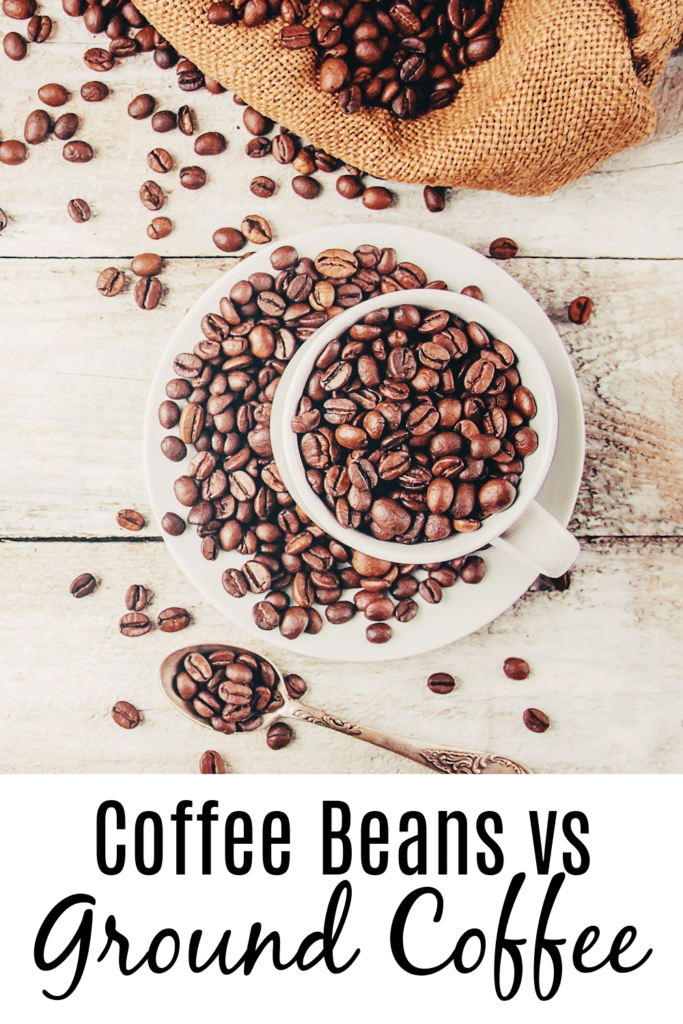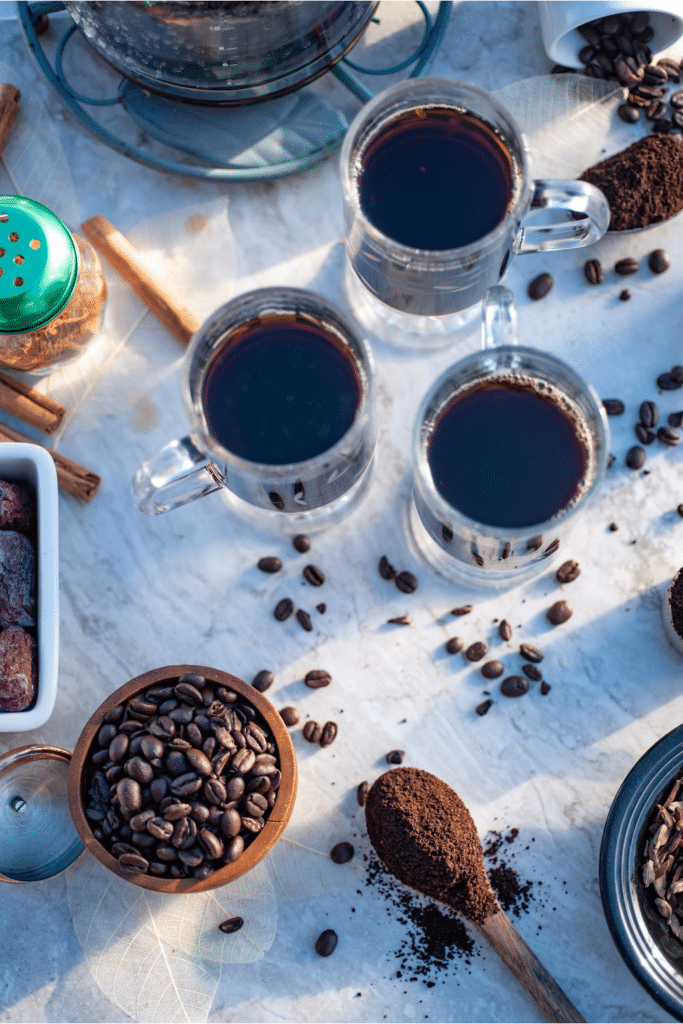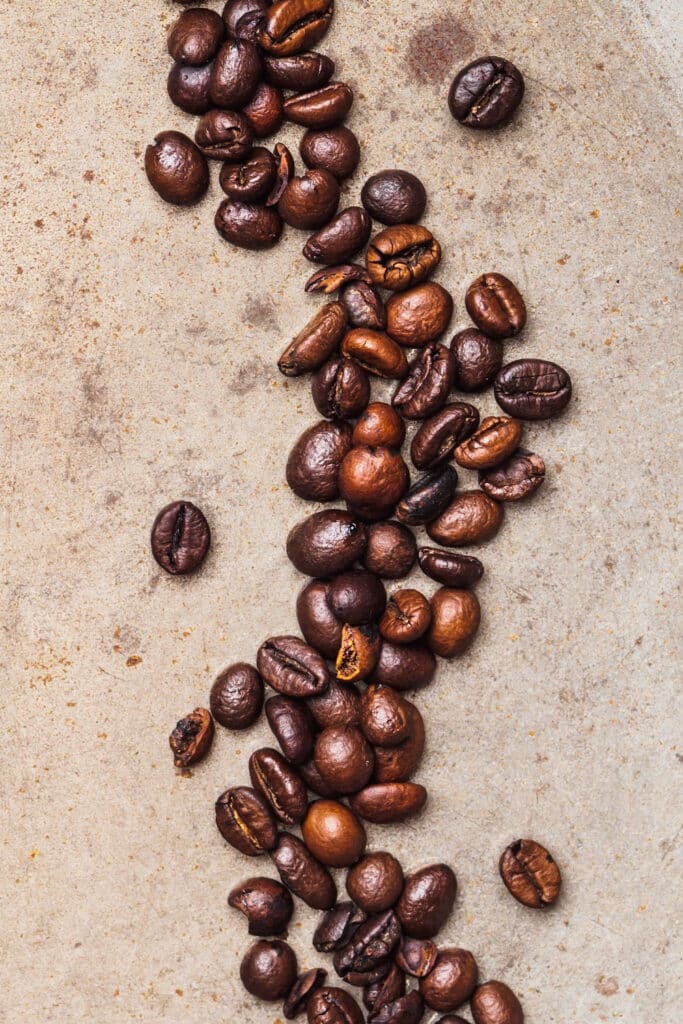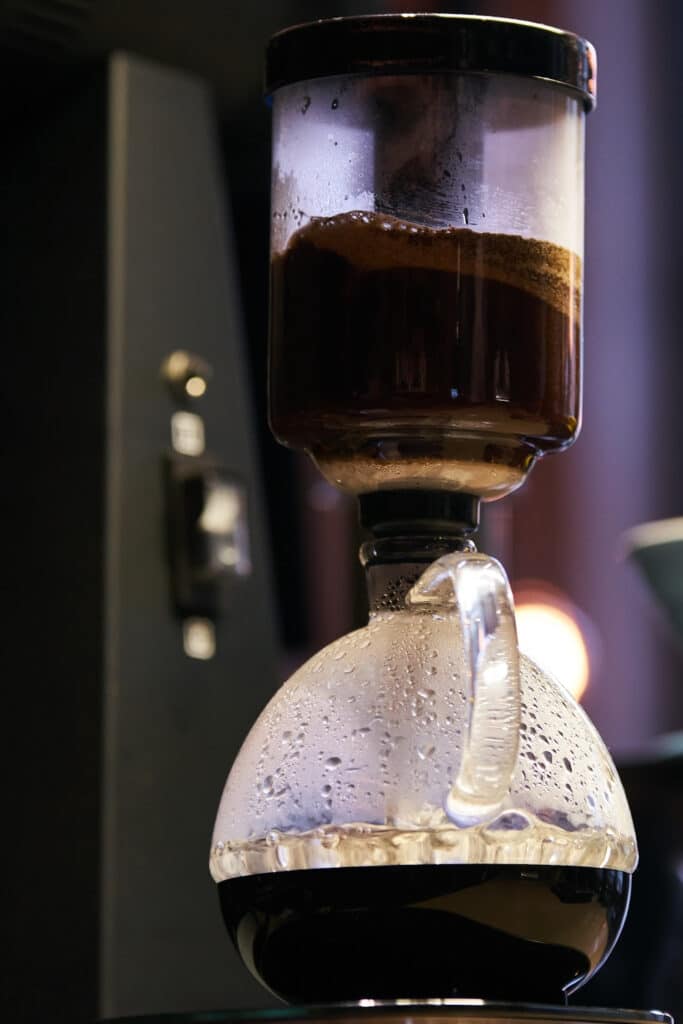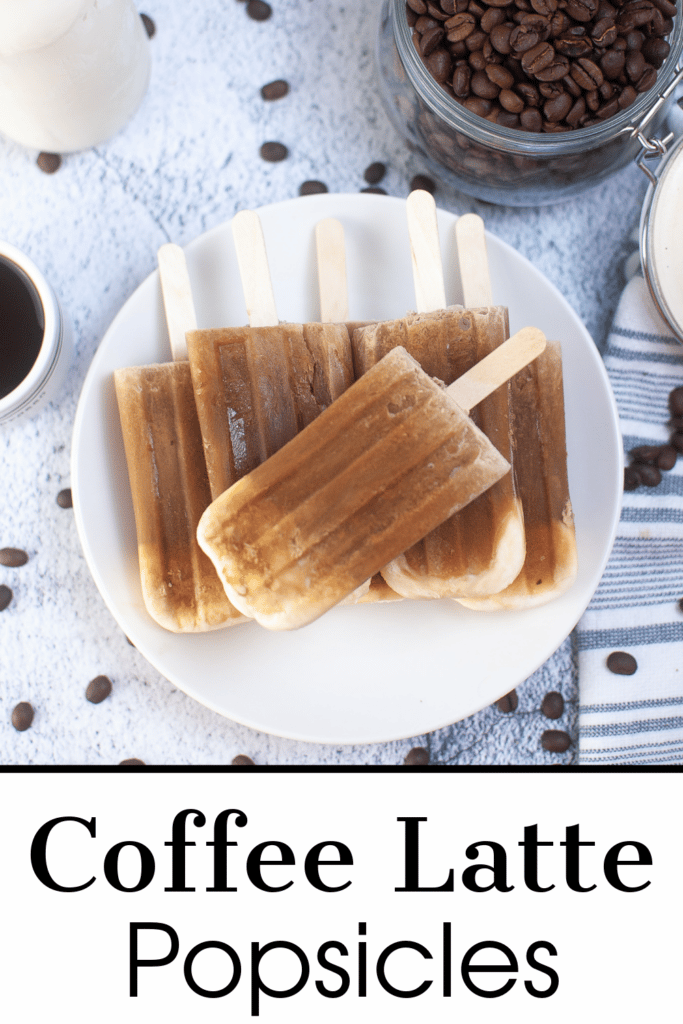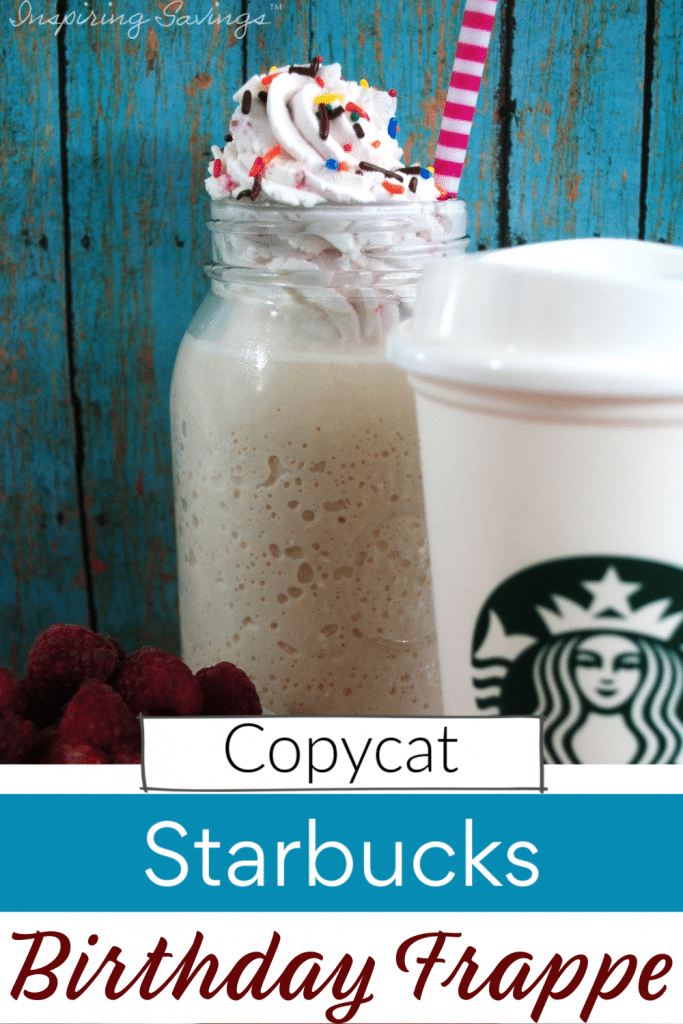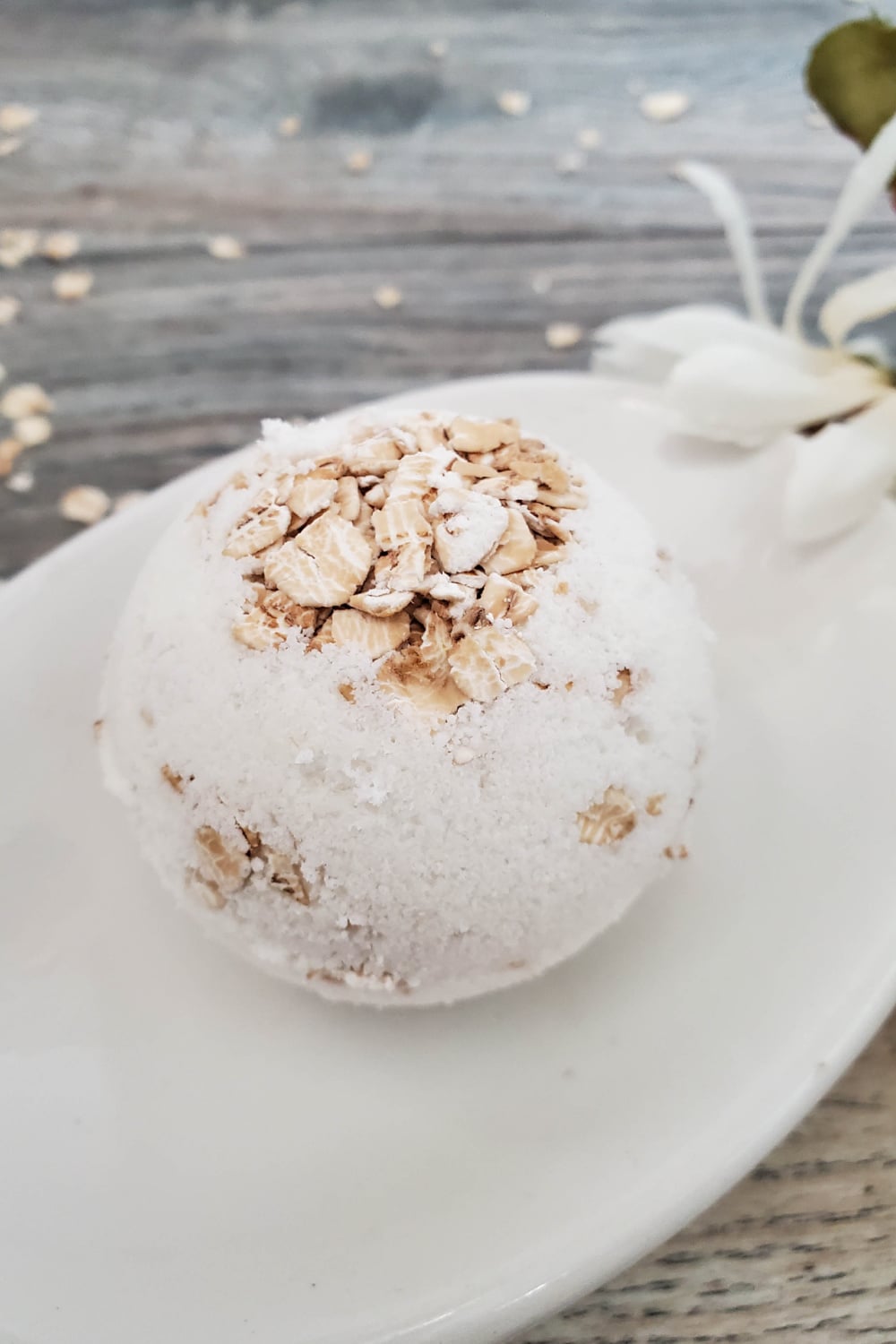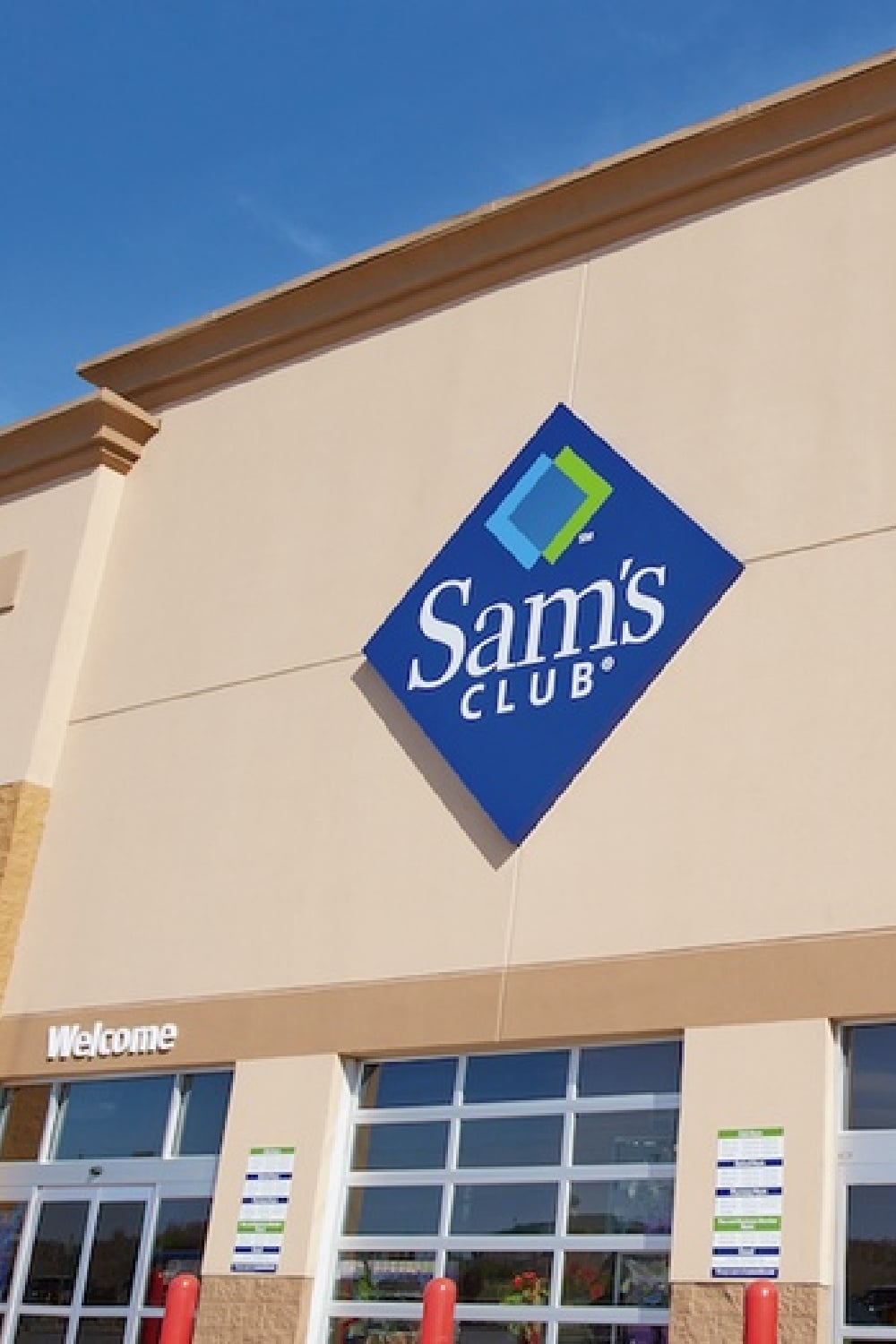Whole vs. Ground: The Economics of Your Daily Brew
Discover the cost-saving secret that coffee companies don’t want you to know. We’ll reveal why buying coffee beans instead of ground coffee can save you a fortune.
Whole vs. Ground: The Economics of Your Daily Brew
Attention coffee lovers: we have a secret that’s going to change your morning routine—and your budget—forever. Picture this: a steaming cup of coffee, aromatic and rich, but at a fraction of the cost. Sound too good to be true?
Get ready to have your coffee-loving mind blown, because today we’re uncovering a shocking truth that coffee companies don’t want you to know: coffee beans are cheaper than ground coffee!
In this article, we’ll reveal the hidden costs of ground coffee, explore the benefits of buying whole beans, take a deep dive into the world of freshly ground coffee, and even show you how to grind your beans for the perfect brew.
Say farewell to overpriced cups of joe and get ready to embrace the cost-saving secret that will have your taste buds and your wallet thanking you. Get ready to sip on some serious savings!
Plus if you love saving money on coffee, you are going to love – 20 Best Coffee Drinks To Make At Home.
The Hidden Cost of Ground Coffee
While it may seem convenient to grab a pre-ground bag off the shelf, there are a few factors that make this option less cost-effective in the long run. First and foremost, the grinding process begins to deteriorate the coffee’s flavor compounds as soon as the beans are broken down.
With time, that rich aroma and nuanced taste that we all crave start to fade away, leaving you with a lackluster cup of joe.
Goes Beyond The Taste
When you buy ground coffee, you’re essentially paying for someone else to do the work for you. Think of it this way: you wouldn’t pay extra for someone to peel your bananas or slice your bread. So why pay extra for someone to grind your coffee beans?
By purchasing whole beans instead, you’re taking control of the final product and ensuring that you’re getting the freshest, highest-quality coffee possible.
Read The Absolute Best Ways to Store Coffee Beans!
Packaging of Coffee
Ground coffee often comes in plastic bags that may not be as airtight as you’d like them to be. Oxygen and light are the enemies of coffee, causing it to lose flavor and freshness over time.
Whole beans, on the other hand, can be stored in airtight containers away from light, preserving their flavor and quality for longer periods.
Freedom to Experiment
By opting for whole beans, you also have the freedom to experiment with different grinding methods. Each brewing method, from French press to espresso, requires a specific grind size to extract the best flavors.
With pre-ground coffee, you’re limited to the consistency chosen by the manufacturer. But by grinding your beans at home, you can customize the grind size to suit your preferred brewing method, unlocking a world of coffee possibilities. Making the switch to whole beans and grinding them yourself does require a small investment in a coffee grinder.
However, this upfront cost can quickly pay for itself in savings. In the long run, buying whole beans and grinding them at home is not only more cost-effective but also ensures that each cup of coffee is a fresh and flavorful experience.
Buying Whole Beans
When you purchase coffee beans, you’re paying for the raw materials rather than the convenience and packaging that comes with pre-ground coffee. This can significantly reduce the price per cup of coffee, especially if you buy your beans in bulk.
By controlling your supply and eliminating the hidden costs of pre-packaged coffee, you have the power to enjoy high-quality coffee without breaking the bank. Additionally, grinding your beans allows you to experiment and customize your coffee to your liking.
With pre-ground coffee, you’re limited to the grind size determined by the manufacturer. However, when you grind your beans, you have the freedom to play with different grind sizes and find the perfect balance that suits your taste preferences. Want a stronger cup of coffee? Opt for a finer grind. Prefer a milder flavor?
Coarser grinds will do the trick. The possibilities for customization are endless, allowing you to create a truly personalized cup of coffee.
Did you know coffee beans have a longer shelf life compared to pre-ground coffee?
When you grind your beans just before brewing, you ensure that each cup is bursting with the rich, full-bodied flavors that only freshly ground coffee can offer.
Exploring Freshly Ground Coffee
Why settle for the hidden cost of ground coffee when you can embrace the benefits of buying coffee beans?
With the power to control freshness, flavor, and cost, grinding your own beans opens up a world of possibilities for coffee lovers. Having a freshly ground-brewed cup of coffee doesn’t compare to previous ground coffee. One would only notice the difference once you have made the switch.
If you are wondering how to grind and which grinder is the best, this next section covers it all.
Two Types of Coffee Grinders
For coffee drinkers, there are two main types to choose from: burr grinders and blade grinders.
Burr grinders (also known as manual grinders) are generally considered superior, as they provide a more consistent grind size, resulting in a more even extraction of flavor.
Blade grinders, on the other hand, tend to produce a less uniform grind, which can lead to a more bitter or weak cup of coffee.
Whichever type you choose, make sure it has adjustable settings so you can achieve the right grind size for your brewing method.
I started with an electric blade grinder and have called this my favorite method for grinding whole coffee beans. While I can’t say much for a burr coffee grinder.
One word of advice, avoid grinding the beans for too long, as this can generate heat and potentially alter the flavor of the coffee.
Not only do coffee beans offer a more budget-friendly alternative, but they also provide an array of benefits that can enhance your coffee-drinking experience.
Recipes That Use Fresh Coffee
Frequently Asked Questions
Are there different types of whole-bean coffee?
Yes, there are four different types of coffee beans. They are Arabica, Robusta, Excelsa, and Liberica. Each one offers a different taste.
Arabica coffee beans are the most popular variety worldwide and the beans we generally see sold in our local grocery stores. However, if you were to visit a local coffee shop, you would see a variety of coffee flavors and types of coffee beans.
Each type of coffee bean varies by region. Here is a quick table to help you make the best choice.
| Arabica Bean | Native to Ethiopia | Best used for brewed coffee. |
| Excelsa | Native to Southeast Asia | Best used for brewed coffee and blends of coffee. |
| Liberica | Native to Southeast Asia | Best used for brewed coffee and desserts. |
| Robusta | Native to sub-Saharan Africa | Best used in coffee blends and espresso. |
How do I choose the right kind of coffee beans?
Because coffee bean flavor profiles can lend themselves to different food and beverage applications, the right kind of coffee bean to choose for a recipe will depend on the specific taste you’d like to achieve.
For baking, I prefer to use a dark roast if I am combining it with chocolate, like making this depression-era cake. I swap out plain water for dark roast coffee. It comes down to personal preference. A delicious cup of coffee will be dependent on your taste buds.
Does the grind type matter?
Short answer, yes! The grind type you choose can affect the flavor profile of your coffee beans. A fine grind is the size of granulated sugar. With a fine grind, you increase the exposed surface area of the grounds, resulting in faster extraction. This provides a more darker richer flavor.
If this isn’t for you, try a medium or coarse grind. Which produces a lighter in-flavor coffee. This is my taste preference.
How do you make the perfect cup of coffee?
Once you have decided on your perfect grind, it is time to measure out your freshly ground coffee to use in your coffee maker.
The standard ratio is approximately 2 tablespoons of coffee grounds for every 6 ounces of water. No matter if you are using a French press or coffee maker, the ratio is still the same.
And if you want to go from a coffee connoisseur to a coffee enthusiast, you can roast your coffee beans. I know this extra effort will produce a higher quality cup of coffee.
This post may contain affiliate links or sponsored content. Disclosure Policy

